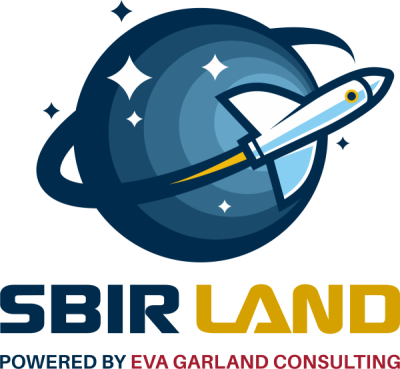Funding through the SBIR/STTR program can be used to support clinical trials of a variety of biomedical technology and products and can be leveraged to obtain regulatory approvals and attract further investments and partnerships. However, before you get ready to send off your application, here are a few key things you should know when preparing an SBIR/STTR involving human subjects:
1. Not all human subjects studies are clinical trials!
A clinical trial is defined as an interventional study in which “participants receive specific interventions according to the research plan or protocol created by the investigators. These interventions may be medical products, such as drugs or devices; procedures; or changes to participants’ behavior, such as diet”. The National Institutes of Health (NIH) provides a handy decision tool to quickly determine whether your study meets the definition of a clinical trial, as follows:
1. Does the study involve human participants?
2. Are the participants prospectively assigned to an intervention?
3. Is the study designed to evaluate the effect of the intervention on the participants?
4. Is the effect being evaluated a health-related biomedical or behavioral outcome?
If the answer is “Yes” to all four questions, then it is a clinical trial. If you answer “No” to one or more of the questions, you may be conducting a clinical study that uses human subjects but does not meet the definition of a clinical trial. Both types of clinical studies require additional, but distinct, sets of documents in the application.
2. Not all agencies with SBIR/STTR programs support clinical trials
A number of agencies provide SBIR/STTR funding to support biomedical technology development; however, not all of them will support a project with a clinical trial. Thus, it’s important to select the appropriate agency for your project. For instance, the National Science Foundation (NSF) supports biomedical-related SBIR/STTR topics such as pharmaceutical formulation and medical devices and allows limited human subjects studies but does not support clinical trials. In contrast, NIH provides many SBIR/STTR funding opportunities that allow clinical trials. If you already have an NSF Phase I SBIR/STTR award, you may be able to apply to NIH for your Phase II award in order to include a clinical trial in the Phase II research proposal. In addition to the NIH, many other agencies including the Department of Defense (DoD), Food and Drug Administration (FDA), and Centers for Disease Control (CDC) provide funding support for clinical trials and human subjects research.
3. Clinical trial SBIR/STTR applications must be submitted to an open opportunity that allows clinical trials.
If you intend to pursue NIH SBIR/STTR funding to support a clinical trial, it is crucial to select a suitable funding opportunity. The Omnibus NIH SBIR/STTR funding opportunities include four individual announcements; however, only two of these announcements allow a clinical trial, and not every NIH Institute or Center (IC) participates in the Omnibus funding opportunities that allow clinical trials. For other agencies, such as NSF, DoD, FDA, and CDC, carefully read the funding opportunity announcement to determine what types of studies are allowed. It is often useful to contact the program director to clarify questions you might have regarding allowable studies.
4. Start planning your application early!
Proposals that include a clinical trial have additional requirements for submission; thus, it is critical to start to prepare your application package early. For example, NIH SBIR/STTR applications require an entire suite of documents that describe various aspects of your clinical trial design. Some agencies may also require you to have an approved Investigational New Drug (IND) or Investigational Device Exemption (IDE) filing with the FDA at the time of application if your technology/product is subject to FDA regulation. Preparing these additional documents and, if necessary, demonstrating that significant regulatory milestones have been met (e.g., FDA IND submission or approval) can take a lot of time and effort. In addition, if you are working with clinical research collaborators, you will want to initiate planning conversations with them early in the application process to understand the resources available, as these will need to be described in the proposal.
5. Budget, budget, budget
Running a clinical trial is expensive, so planning your budget can be time-consuming. Don’t make the mistake of overlooking the budget limit of the funding opportunity you are applying to! The budget limit can affect your clinical trial design (e.g., limiting subject numbers or additional assessments). It is therefore crucial to design and propose a clinical trial design that stays within the restrictions of the award budget. In some situations, cost-sharing (committing your company to pay part of the costs) may be proposed. Another challenge faced when preparing the budget is determining appropriate costs and efforts. For example, most SBIR/STTR programs require that all R&D work be done in the U.S., and the applicant company must commit to performing some portion of the R&D. The DoD may have concerns about and limits on work done by non-U.S. citizens or vendors; involvement of foreign nationals for the proposed work is solicitation- and topic-dependent. Thus, if you intend to propose a clinical trial that involves a complex study team (e.g., foreign subcontractor, foreign consultants, etc.), it is highly recommended to carefully review the solicitation, draft a budget, and seek feedback from the program director as early as possible.
We hope these tips have better prepared you to tackle your clinical trial SBIR/STTR application! If you have additional questions about this process, please post them on our SBIRLand Forum to receive more expert advice.
